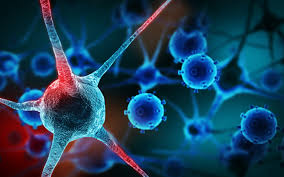Over one percent of all children born in India are born with congenital heart diseases. Most cases of fetal cardiac anomalies occur in low risk population. Congenital anomalies cause 20 percent of deaths between 20 weeks of gestation and one year after the birth and congenital heart diseases account for one-third of these deaths. Population screening studies have shown that congenital heart diseases occur in 8-10 out of 1000 newborn with about 50 percent causing major heart diseases and other 50 percent causing minor heart diseases. While there are no formal definitions of major and minor, major can be considered to be those congenital heart diseases that are clearly evident at or shortly after the birth, such as blue baby, severe valvular narrowing or large hole in the heart. Minor diseases include small holes and mild narrowing of the valves. Most congenital heart diseases can be detected before 20 weeks of gestation and pregnancy can be terminated if the congenital heart disease is incompatible with life. As per MTP law, termination of pregnancy is only allowed before 20 weeks with the consent of two gynecologists. Once a congenital heart disease is detected, such delivery should only take place in an institute with proper neonatal cardiac care. Such cases should also be referred to maternal fetal specialists, obstretic cardiologists, genesists and neonatalist to discuss prognosis and neonatal management options. Talking about heart blockages, renowned cardiologist Dr. KK Aggarwal says that the start of blockages is usually in adolescents and young children due to faulty lifestyle. The only way to know chances of heart attack 20 years later is to screen children for high risk lifestyle (not exercising, faulty diet), and by doing neck artery wall thickness ultrasound. If the neck artery wall is thick, then children have more chances of heart attacks after one or two decades.

Be a part of Elets Collaborative Initiatives. Join Us for Upcoming Events and explore business opportunities. Like us on Facebook , connect with us on LinkedIn and follow us on Twitter , Instagram.












